- Download apps by Apple, including TestFlight, Beddit (for Model 3.5), Apple Developer, and many more.
- The iPhone Simulator (available from Xcode) is not an emulator and can't run ARM code, which means that it has to run a specific version of iOS 7 designed for OS X, and is not able to run iOS apps that have not been designed to run on this version of iOS 7 (i.e. IPAs from the App Store).
- Run iOS apps on Mac or Windows PC with iPadian Here, we are going to talk about iPadian. It is the Adobe air-based iOS simulator for Mac/Windows PC. After you install iPadian, you won’t be able to access the App Store and get the apps you want.
The addictive mega-hit Temple Run is now out for Android! All your friends are playing it - can you beat their high scores?! You've stolen the cursed idol from the temple, and now you have to run for your life to escape the Evil Demon Monkeys nipping at your heels. Test your reflexes as you race down ancient temple walls and along sheer cliffs. Swipe to turn, jump and slide to avoid obstacles. The iPhone Simulator (available from Xcode) is not an emulator and can't run ARM code, which means that it has to run a specific version of iOS 7 designed for OS X, and is not able to run iOS apps that have not been designed to run on this version of iOS 7 (i.e. IPAs from the App Store).
Go to the iTunes Store on your computer.
Select “iOS Simulator.app” or “Simulator.app” and either drag it into the Dock, Launchpad, or hit Command+L to create an alias. Alternatively, you can grab a pre-made alias in a zip bundle that will open iOS Simulator automatically. Throw that on the desktop or in the Dock for easy access. If you don’t own an iPhone or iPad, you may be looking for a way to experience the Apple magic. Whilst it is virtually impossible to run iPad and iPhone apps natively on Windows and Mac, there are some ways to get the same experience and features through the best iOS simulators/ emulators. Apr 04, 2021 Start Visual Studio for Mac. If you can't run a Xamarin App, Close Visual Studio for Mac. Launch the Simulator manually (I have it in the Dock, so I just click it). Wait for it to fully startup. Now close the Simulator (from the Simulator menu).
Ram cleaner mac.memory cleaner app for macfarmbertyl. Launch iTunes. In the source list on the left, click the iTunes Store. Click the Apps link, and the Tunes App Store appears.
Run Iphone Apps On Mac New Pb 2018
Click the iPhone tab at the top of the screen (as opposed to the iPad tab). The iPhone App section of the App Store appears.
Check out the Apps drop-down menu.
The black App Store tab near the top of the screen is also a drop-down menu (as are most of the other department links to its left and right). If you click and hold down on most of these department links, a menu with a list of the department’s categories appears.
The menus won’t work if you’ve disabled JavaScript in your browser.
Run Iphone Apps On Macbook
For example, if you click and hold down the Apps link, you can choose specific categories such as Books, Business, Education, and Entertainment from the drop-down menu, allowing you to bypass the App Store home page and go directly to that category.
Use the Search field in the App store.
Browsing the screen is helpful, but if you know exactly what you’re looking for, there is good news and bad news. The good news is that there’s a faster way than browsing: Just type a word or phrase in the Search Store field in the upper-right corner of the main iTunes window, and then press Enter or Return to initiate the search. The figure shows the result of a search for flashlight.
Run Iphone App On Macbook Pro
The bad news is that you have to search the entire iTunes Store, which includes music, television shows, movies, and other stuff in addition to iPhone apps.
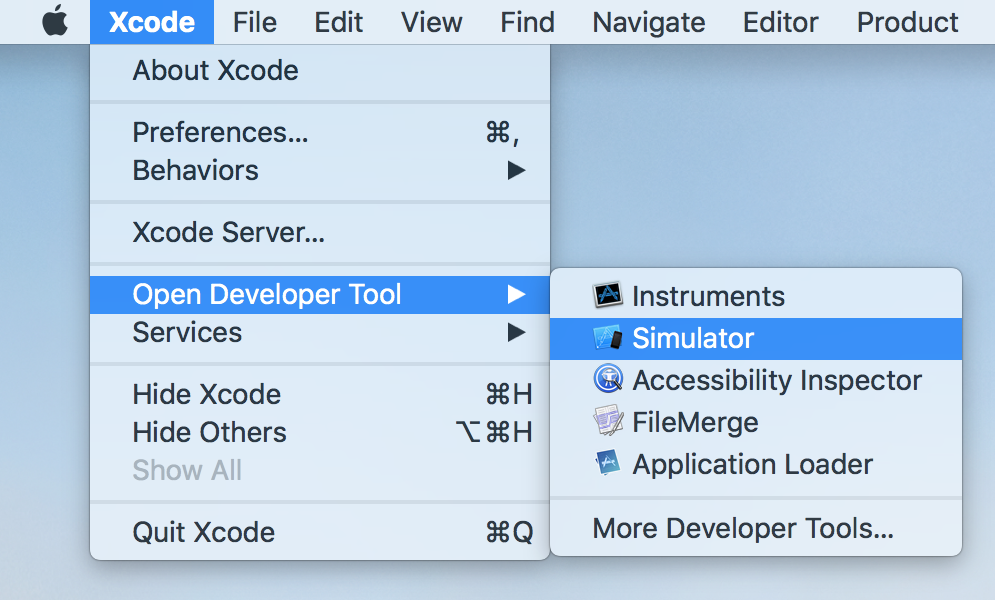
Your search results are segregated into categories — one of which is iPhone Apps. And here’s even more good news: If you click the See All link to the right of the words iPhone Apps, all iPhone apps that match your search word or phrase appear.
Click the little downward-pointing triangle to the right of each item’s price to display a drop-down menu, as shown for the first Flashlight app. This menu lets you add the product to your wish list, send an e-mail with a link to this product, copy the link to this product to the Clipboard so you can paste it elsewhere, or share it on Facebook or Twitter.
Use the Search field in the App store.
Browsing the screen is helpful, but if you know exactly what you’re looking for, there is good news and bad news. The good news is that there’s a faster way than browsing: Just type a word or phrase in the Search Store field in the upper-right corner of the main iTunes window, and then press Enter or Return to initiate the search. The figure shows the result of a search for flashlight.
Run Iphone Apps On Mac New Pb Free
The bad news is that you have to search the entire iTunes Store, which includes music, television shows, movies, and other stuff in addition to iPhone apps.
Your search results are segregated into categories — one of which is iPhone Apps. And here’s even more good news: If you click the See All link to the right of the words iPhone Apps, all iPhone apps that match your search word or phrase appear.
Click the little downward-pointing triangle to the right of each item’s price to display a drop-down menu, as shown for the first Flashlight app. This menu lets you add the product to your wish list, send an e-mail with a link to this product, copy the link to this product to the Clipboard so you can paste it elsewhere, or share it on Facebook or Twitter.
Check out the detail screen from your computer.
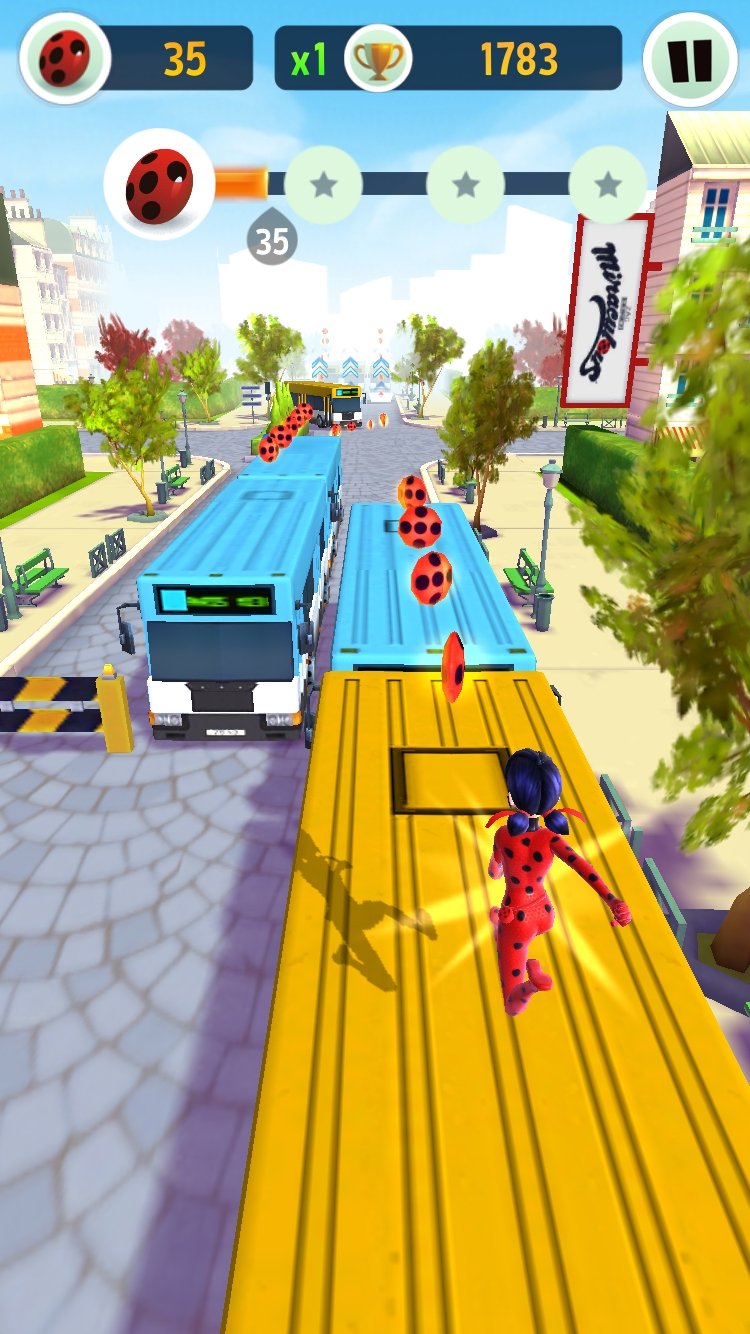
To find out more about an app icon, a featured app, or a text link on any of the iTunes App Store screens, just click it. A detail screen like the one shown appears.
Run Iphone Apps On Mac
This screen should tell you most of what you need to know about the app, such as basic product information and a narrative description, what’s new in this version, the language it’s presented in, and the system requirements to run the app. Click the blue More link to the right of the Description and What’s New sections to expand them and see additional details.
Run Iphone Apps On Mac New Pb Id
Download an app.
Downloading an app is simple. When you find an app you want to try, just click its Get App or Buy App button. At that point, you have to log in to your iTunes Store account, even if the app is free.
After you log in, the app begins downloading. When the app has finished downloading, it appears in the Apps section of your iTunes library.
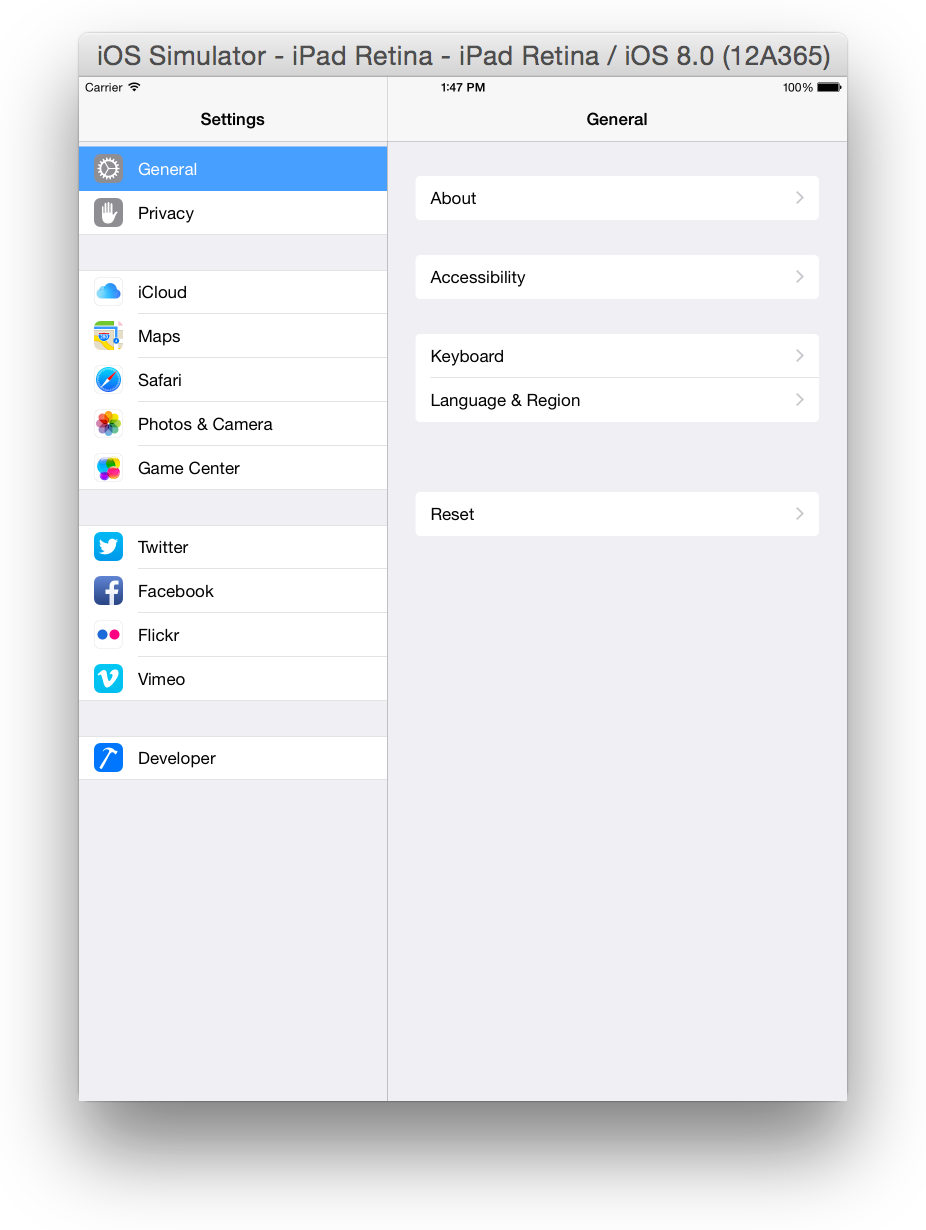
How to Archive for iOS simulator?
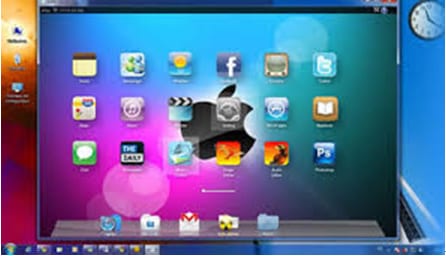
Usually you won't archive iOS app for simulator use, unless... your client suddenly tell you that his iPhone is broken and undergoing repair, but hey he has a Mac that can run Xcode and also iOS simulator and he still want to test your app! Of course you wouldn't want to send the full source code over before client paid you in full. So how do you send him the build to test without sending the source code over?
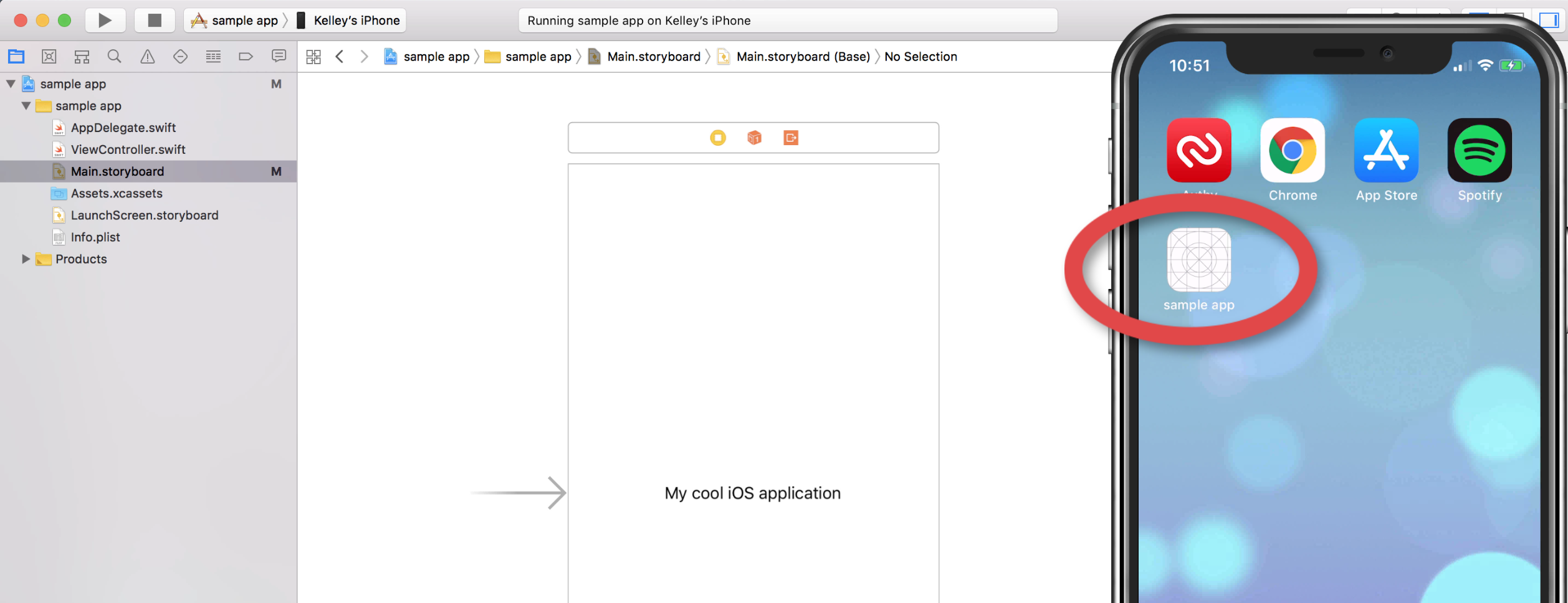
As per Apple documentation,
Can You Run Ios Simulator On Windows
Applications built for the simulator cannot be archived
Fortunately, there's a way to send the compiled build so your client can run the compiled build without him having to build from the source code.
Update (October 2018)
honeyeeb mentioned a faster way that we can use the compiled app in the 'Products' folder, send this to colleague/client and ask them to drag and drop it into iOS Simulator.
After building the app, go to the left side navigator bar, select Products > appName.app, right click it and select 'Show in Finder'.
Finder will show the .app file and you can send the file to your colleague / client.
Thanks for the suggestion honeyeeb! 😆
1. Locate your iOS Simulator folder in Finder
Open terminal, and run instruments -s devices , you will see a list of simulator device and their UDID inside square brackets.
I will be using iPhone SE (iOS 11.2) as the selected simulator device for this tutorial, the corresponding UDID for it is '18BF1A2D-15C2-40E2-80A6-0CB87D2B56D4'.
The folder containing the simulator data will be located at~/Library/Developer/CoreSimulator/Devices/[Simulator UDID] .
In Finder, press Command + Shift + G, and enter the path.
2. Build your app and locate its data folder
Before building your app, I recommend deleting all other existing app you have built previously on the simulator so that you can find your app data folder easier in the next step.
Proceed to build your app as usual in Xcode, my app name is 'exampleApp' for this tutorial.
After building, open Finder and proceed to the simulator folder path~/Library/Developer/CoreSimulator/Devices/[Simulator UDID]
In your simulator folder, locate to data/Containers/Bundle/Application , here you will see the folder for the apps you have built in the simulator.
To find the folder containing your app, you have to open one by one until you found your app name inside, like this :
Compress the app and send the zip file to your client.
For easier instruction, ask your client to unzip the compressed file at Desktop folder.
3. Instruction for clients
Below are the instruction for clients:
Open Xcode, then start iOS Simulator by choosing Xcode > Open Developer Tool > Simulator.
In Simulator, select the device you want.
Simply drag and drop the app file into the Simulator :
The app should install on the simulator successfully, rejoice!
Run Ios Emulator On Mac
Send this link to your client for reference if needed : https://fluffy.es/how-to-archive-ios-app-for-simulator/#client